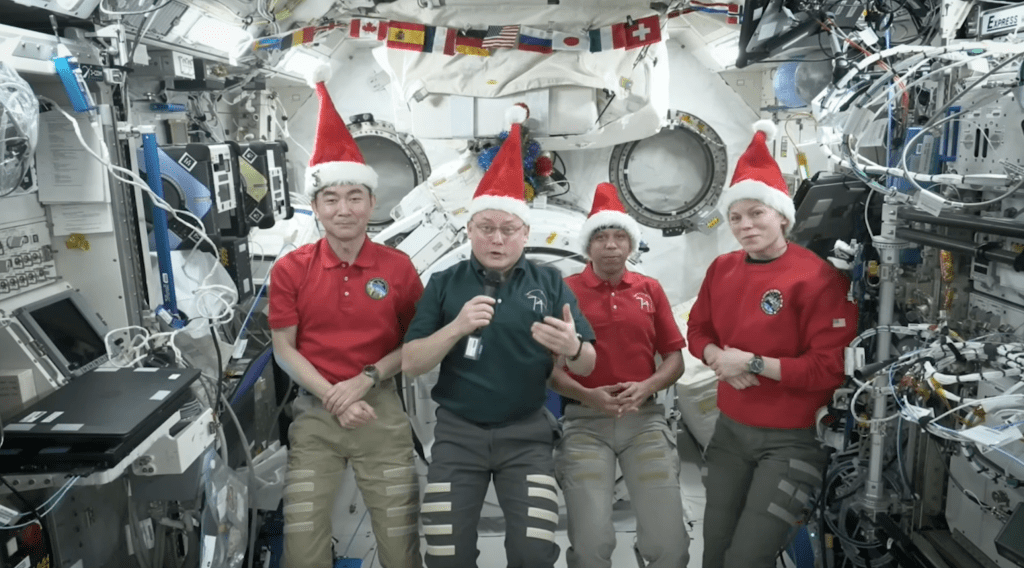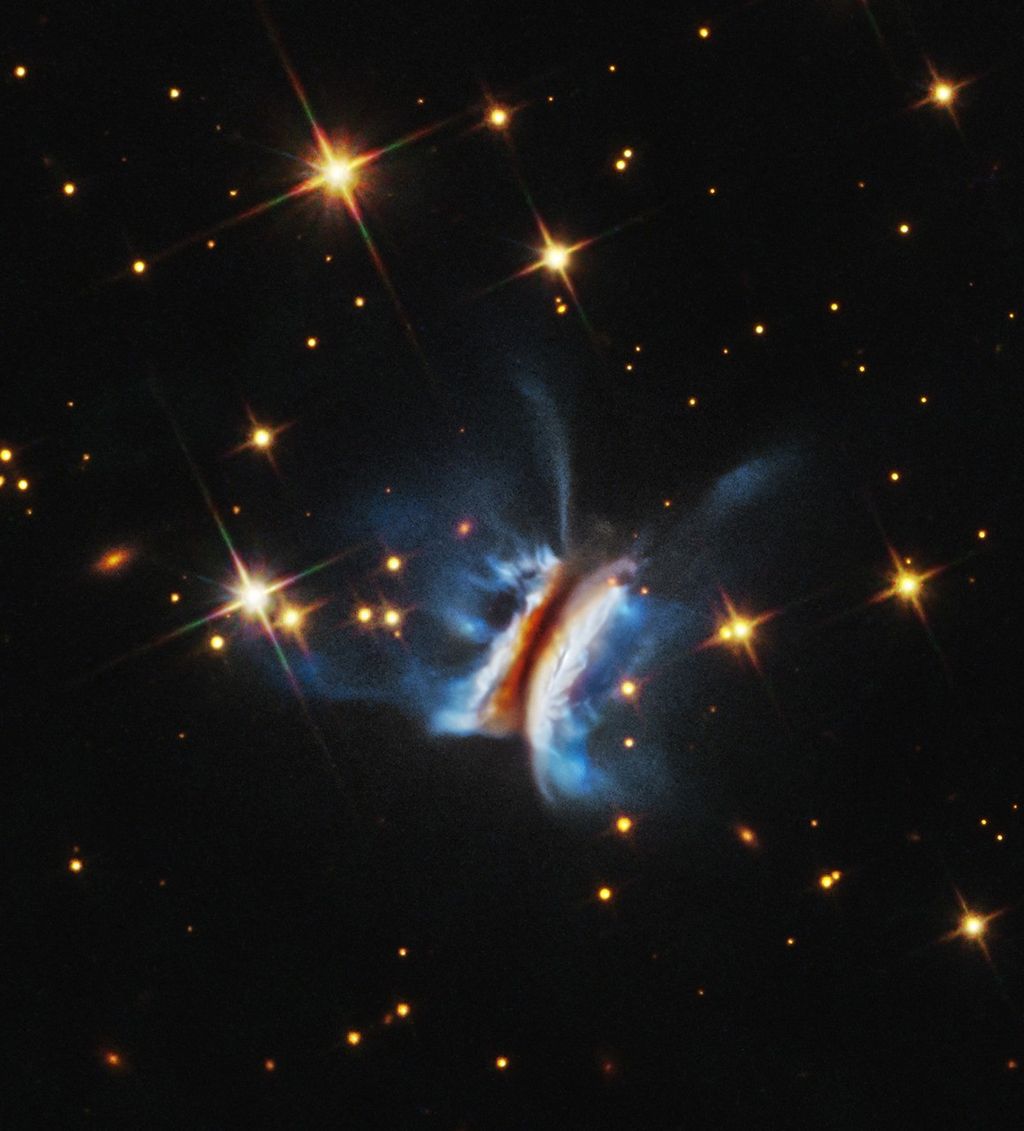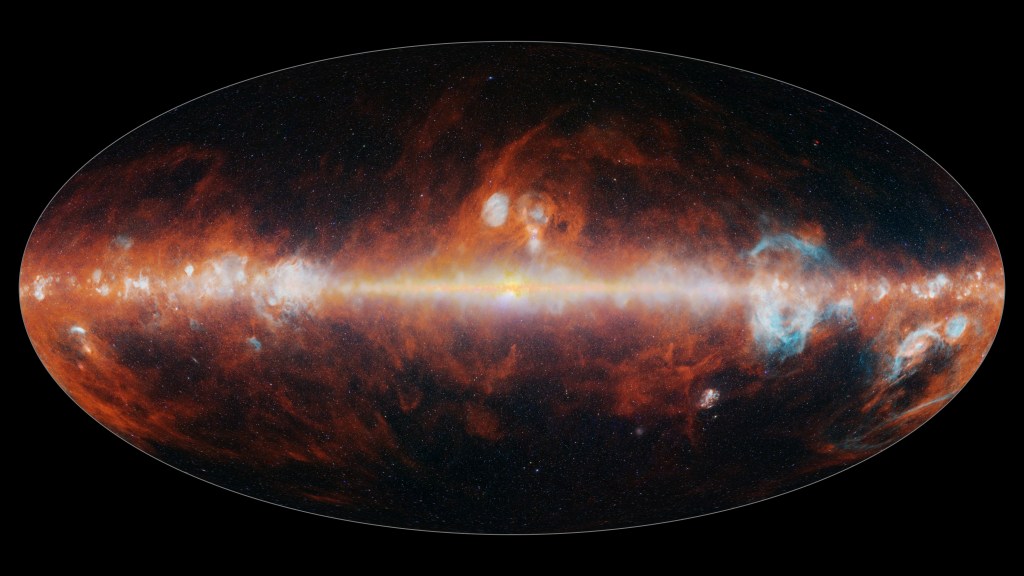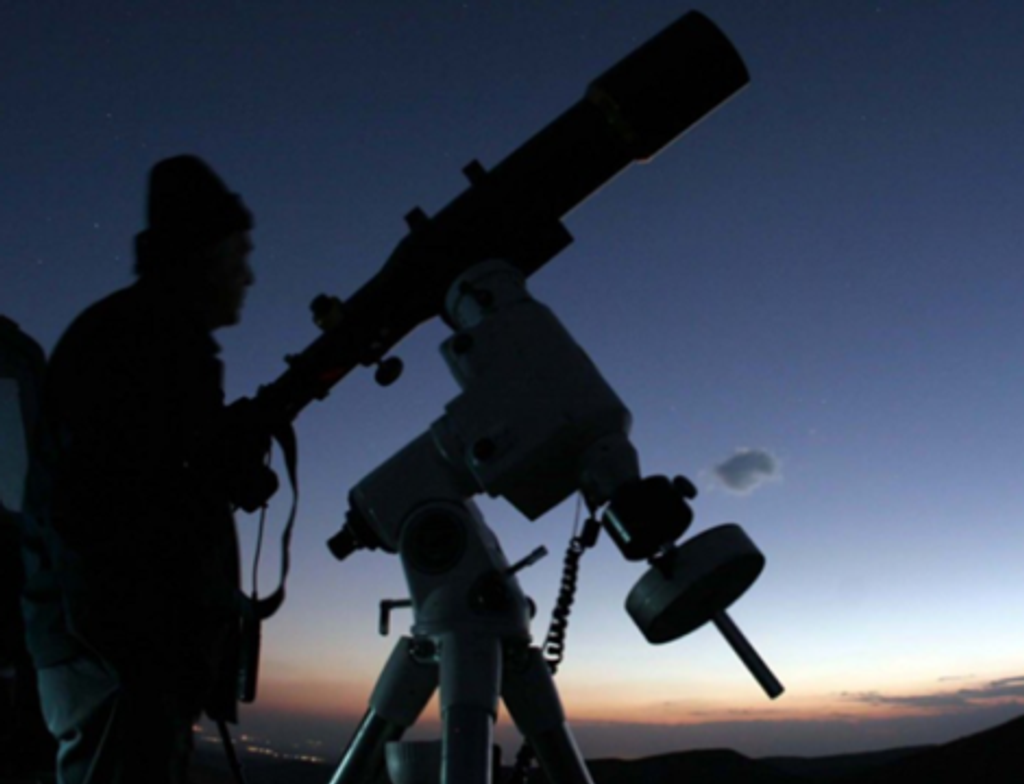NASA, Partners Payloads Separate From Falcon 9 Second Stage
NASA-funded payloads, PExT (Polylingual Experimental Terminal) technology demonstration, and the REAL (Relativistic Electron Atmospheric Loss) CubeSat deployed around 55 minutes following launch of NASA’s TRACERS (Tandem Reconnection and Cusp Electrodynamics Reconnaissance Satellites) mission.
The first of the twin TRACERS satellites is preparing to deploy in about 40 minutes, followed by the second approximately six minutes later and they will begin orbiting the North and South Poles at about 360 miles above Earth.
The TRACERS mission will study how Earth’s magnetic shield — the magnetosphere — protects our planet from the supersonic stream of material from the Sun called solar wind. As they fly pole to pole in a Sun-synchronous orbit, the two TRACERS spacecraft will measure how magnetic explosions send these solar wind particles zooming down into Earth’s atmosphere — and how these explosions shape the space weather that impacts our satellites, technology, and astronauts.
About four minutes after the second TRACERS satellite deploys, the final agency funded payload, the Athena EPIC (Economical Payload Integration Cost) SmallSat, is set to deploy.
Follow @NASAKennedy on X and Facebook for additional updates on the mission.




























